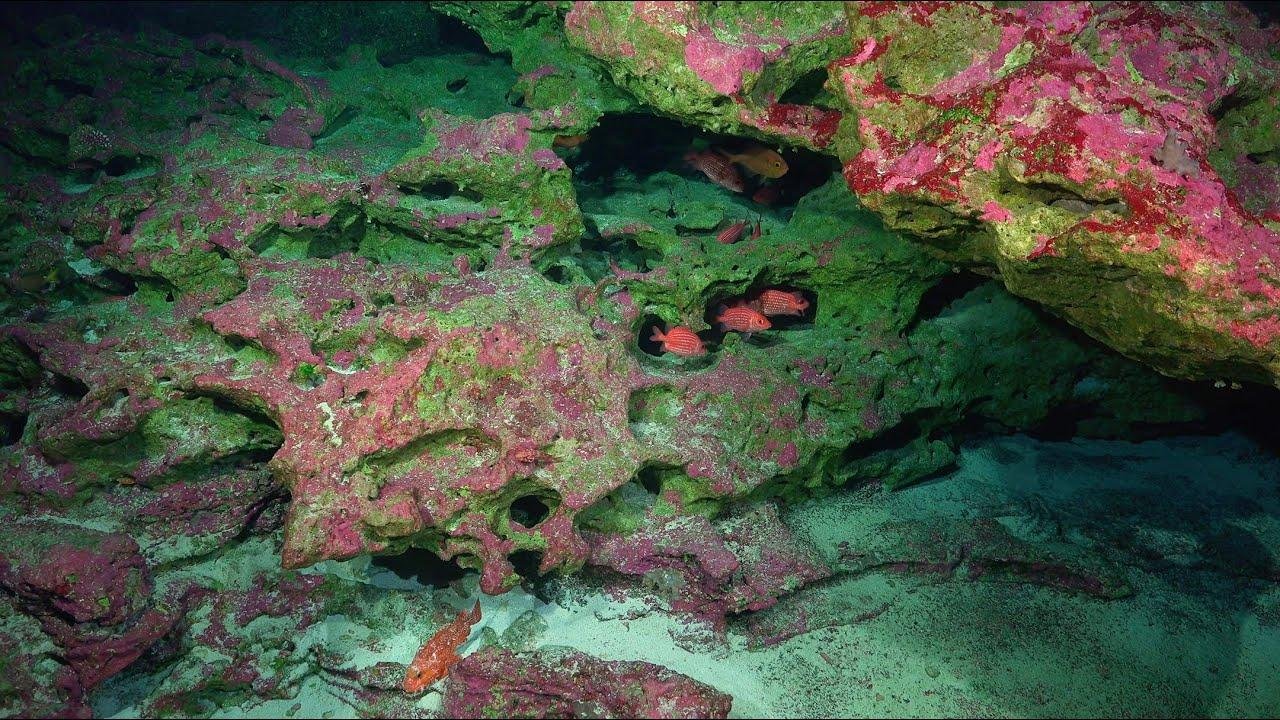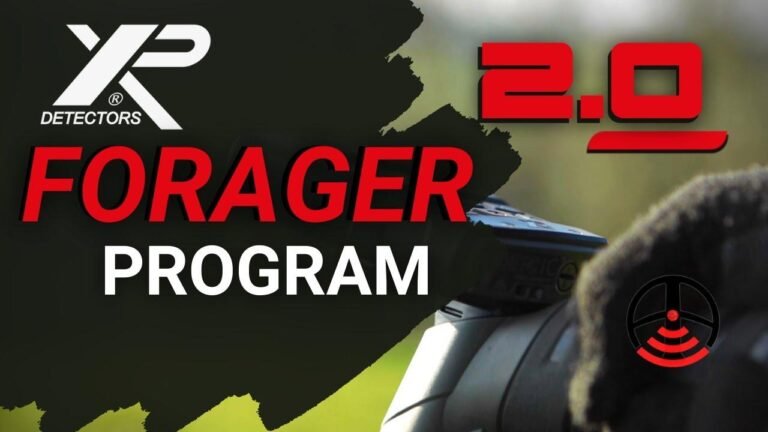We're exploring the ocean floor with cutting-edge technology - think 3D models of the seabed, a rainbow of colors beyond the human eye, and a peek at ancient corals. It's like seeing the ocean in a whole new light! 
Seeing the Deep: Unexplored Seamounts of the Salas y Gómez Ridge - Week 2 
Key Takeaways
- Advanced ocean exploration technology is in development.
- Team is focusing on hypespectral and stereo cameras.
- 3D models provide in-depth understanding of marine ecosystems.
- Low-cost hypespectral and open source hardware is being developed.
At the Falcor 2, a team of engineers is working hard to develop technology for ocean exploration. Various sensors and equipment are being tested, with a primary focus on a hyperspectral camera and a color stereo camera. These are crucial in providing 3D models of the seabed, offering an unprecedented level of precision in real-time, from centimeters to millimeters. Underwater samples collected through the Robosassian, however, are not always feasible. It is challenging to capture fast-moving creatures, like crustaceans and fish, or large organisms such as ancient corals, and these limitations are a key focus of exploration.
| Benefits of 3D Modeling | Camera Hype |
|---|---|
| - Better ecological insight | - Insight into seabed conditions |
| - Potential for 3D printing | - Usage on a global scale |
| - Enhanced laboratory study | - Aim for energy-efficient, low-cost tech |
The ability to perceive the world is vital, and a hyperspectral camera can capture a more extensive spectrum. With over 100 bands for observation, this type of camera can help us understand the conditions of corals, while also reflecting their state of health. However, the vastness of the ocean remains a significant challenge to exploration. It’s quite expensive to navigate and map out these expanses accurately. The focus is on developing low-cost, energy-efficient technology, starting with the introduction of the cheaply available hyperspectral camera. The long-term vision is for open source, low-energy hardware that can scale up to widespread use, allowing more people to explore and protect our oceans.
 Conclusion
Conclusion
The development of innovative ocean exploration technology opens up new frontiers and possibilities. The ongoing work at Falcor 2 is leading to advancements in hyperspectral and stereo cameras, providing deeper insights and helping to expand our understanding of marine ecosystems. The emphasis on low-cost technology ensures that these solutions can be shared globally, empowering more people to join in the preservation and exploration of our world's oceans.


 Watch TAV LIVE – Divinity Original Sin 2 – Honor Mode – Part 1
Watch TAV LIVE – Divinity Original Sin 2 – Honor Mode – Part 1 Torchlight: Infinite S5 Twinightmare
Torchlight: Infinite S5 Twinightmare




